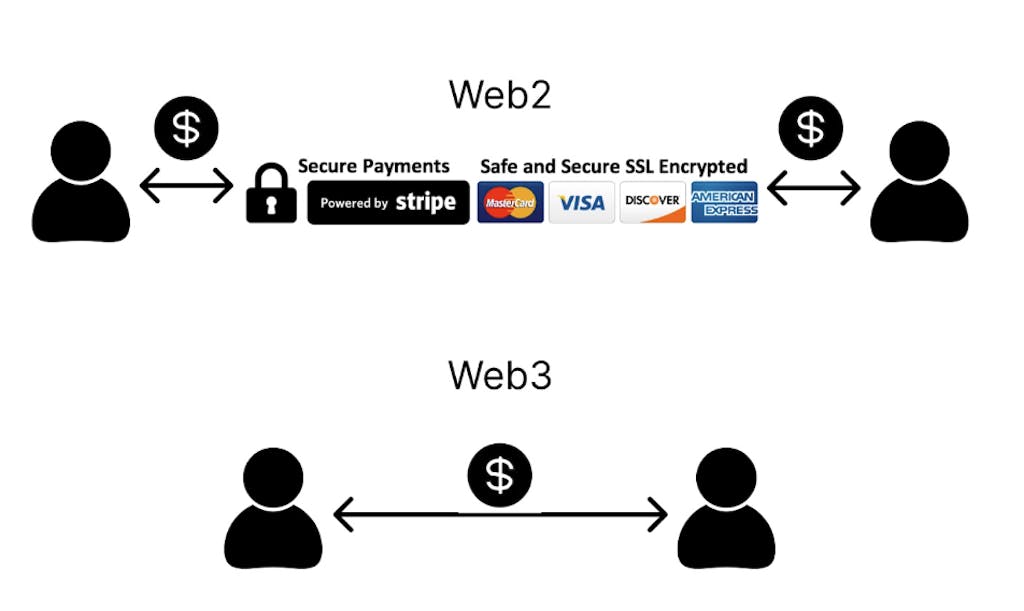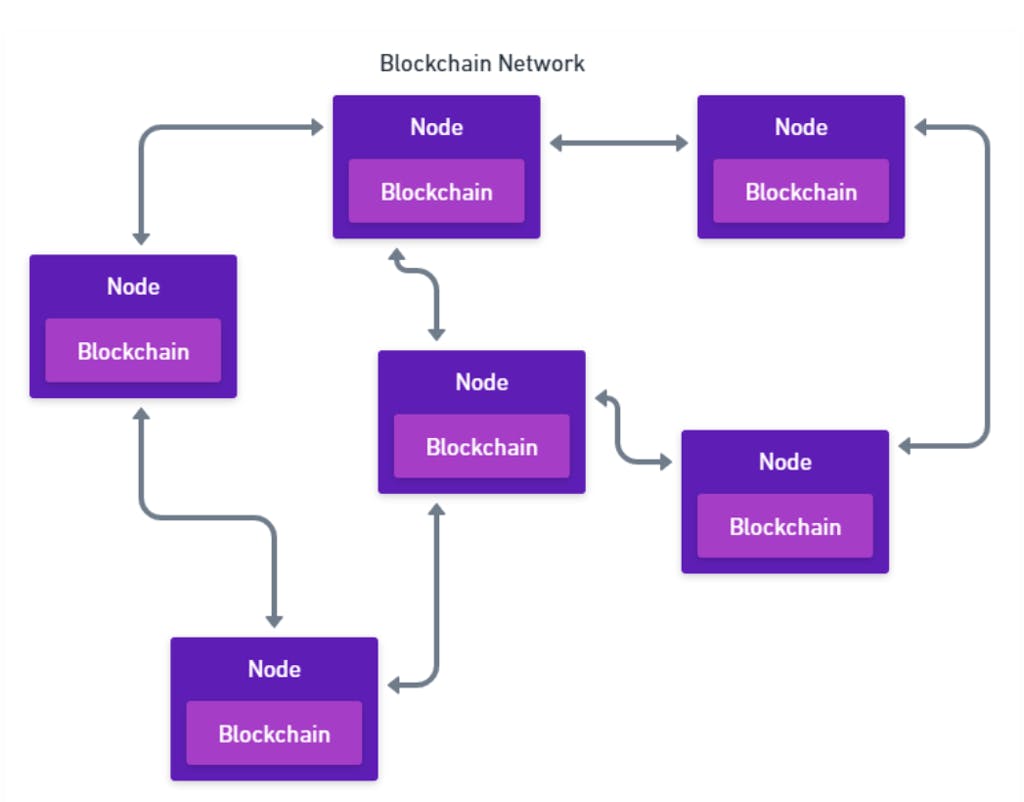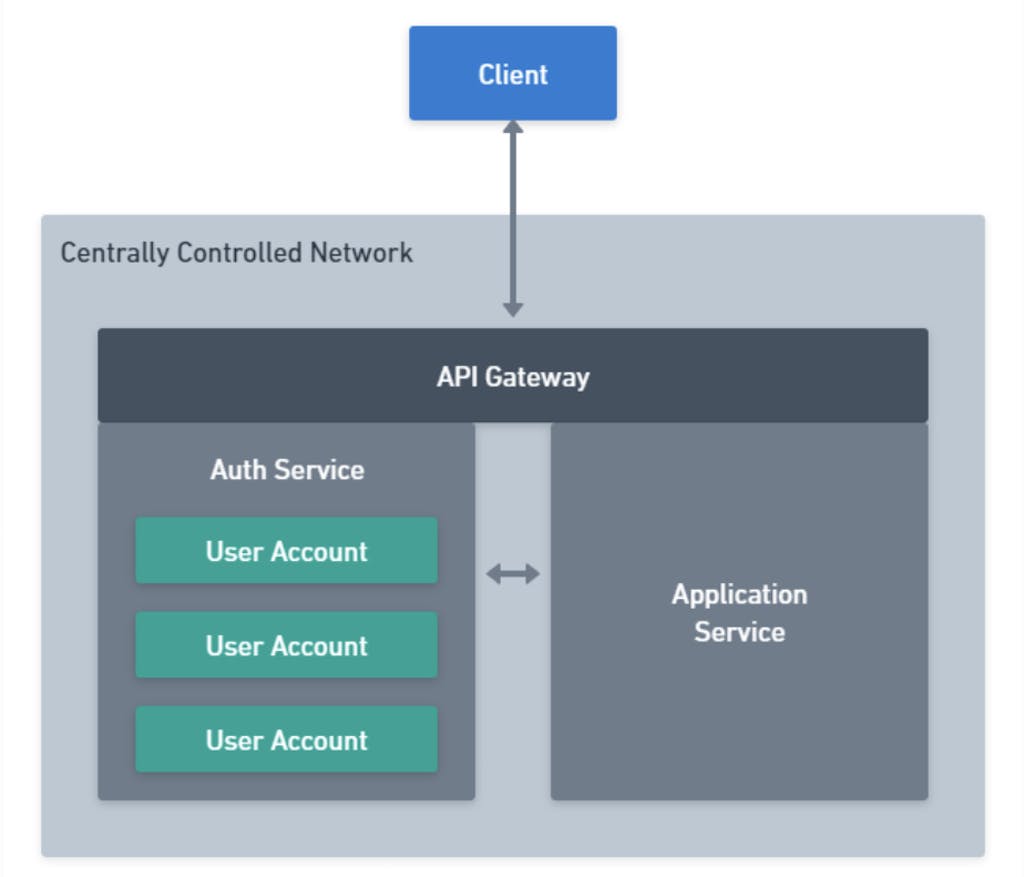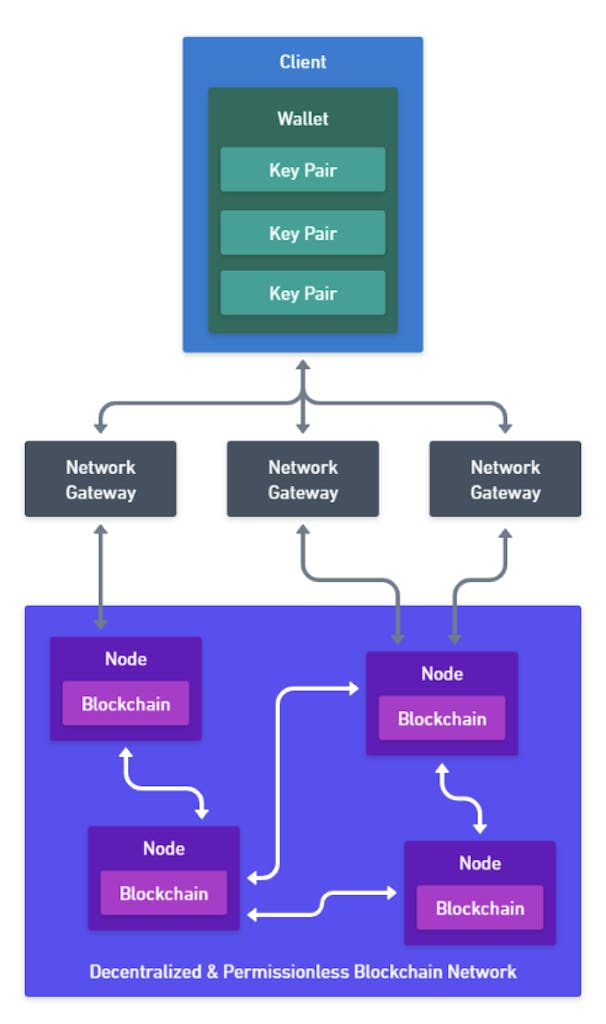Insights from eBay: How API Ecosystems Are Ushering In the Agentic Era

APIs have quietly powered the global shift to an interconnected economy. They’ve served as the data exchange highways behind the seamless experiences we now take for granted — booking a ride, paying a vendor, sending a message, syncing financial rec






